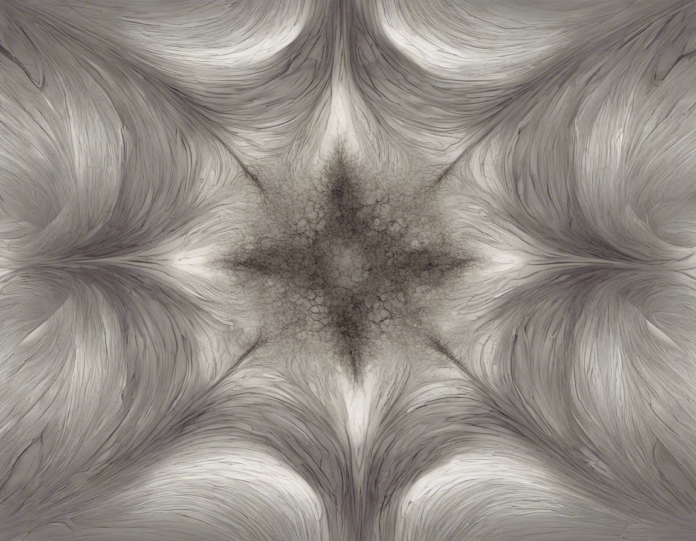Introduction
Stromal echogenicity in ultrasounds refers to the brightness or darkness of the stroma, a supportive tissue found in various organs within the body. Ultrasound imaging is an essential diagnostic tool that uses sound waves to create images of internal organs, tissues, and blood flow. Understanding stromal echogenicity is crucial in diagnosing various medical conditions and abnormalities. This comprehensive guide will delve into the significance of stromal echogenicity, its implications in different medical specialties, and how it aids healthcare professionals in making accurate diagnoses.
What is Stromal Echogenicity?
The stroma is the supportive framework of an organ, composed of connective tissues that provide structure and support. Echogenicity in ultrasound refers to the ability of a tissue or structure to reflect sound waves. Depending on the density and composition of the tissue, it appears brighter (hyperechoic) or darker (hypoechoic) on the ultrasound image.
Significance of Stromal Echogenicity in Medical Imaging
Stromal echogenicity plays a vital role in medical imaging as it helps differentiate between various tissues and pathologies. By analyzing the echogenicity of the stroma, healthcare providers can identify abnormalities, monitor disease progression, and guide treatment decisions.
Implications in Different Medical Specialties
-
Gynecology: In gynecological ultrasounds, stromal echogenicity of the ovaries can help diagnose conditions such as ovarian cysts, polycystic ovary syndrome (PCOS), and ovarian tumors.
-
Radiology: Radiologists use stromal echogenicity to differentiate between benign and malignant tumors, assess liver fibrosis, and detect abnormalities in the pancreas, kidneys, and thyroid gland.
-
Cardiology: Echogenicity of the myocardium is crucial in assessing cardiac function, detecting structural abnormalities, and monitoring the progression of heart diseases.
-
Urology: In urological imaging, stromal echogenicity aids in diagnosing kidney stones, urinary tract infections, and prostate conditions such as benign prostatic hyperplasia (BPH) or prostate cancer.
Echogenicity Patterns and Interpretation
-
Hypoechoic: Tissues that appear darker than surrounding structures, indicating lower density. Examples include fluid-filled cysts, blood vessels, and some tumors.
-
Hyperechoic: Brighter tissues with higher density, such as bones, calculi (stones), and fibrous tissues.
-
Isoechoic: Tissues that have the same echogenicity as surrounding structures. This makes them challenging to distinguish and may require additional imaging techniques.
Clinical Applications of Stromal Echogenicity
-
Tumor Characterization: Echogenicity patterns help differentiate between benign and malignant tumors, aiding in treatment planning and prognosis.
-
Assessment of Organ Function: Changes in stromal echogenicity can indicate organ dysfunction or disease progression, guiding further diagnostic interventions.
-
Monitoring Therapy Response: By tracking changes in echogenicity over time, healthcare providers can assess the effectiveness of treatments and make necessary adjustments.
Frequently Asked Questions (FAQs)
1. What factors can affect stromal echogenicity?
– Stromal echogenicity can be influenced by the tissue composition, vascularity, presence of inflammation or edema, and the angle of ultrasound beam penetration.
2. Can stromal echogenicity alone diagnose a medical condition?
– While stromal echogenicity provides valuable information, other imaging modalities and clinical assessments are usually necessary for a comprehensive diagnosis.
3. Are there specific protocols for assessing stromal echogenicity in different organs?
– Yes, different organs have specific imaging protocols that healthcare providers follow to ensure accurate assessment of stromal echogenicity and detect abnormalities.
4. What role does Doppler ultrasound play in evaluating stromal echogenicity?
– Doppler ultrasound assesses blood flow within tissues, helping to differentiate between vascular and avascular structures and providing additional information for diagnosing conditions.
5. Can stromal echogenicity change over time?
– Yes, stromal echogenicity can vary due to fluctuations in tissue composition, pathology progression, or response to treatment. Regular monitoring is essential for tracking changes.
In conclusion, understanding stromal echogenicity in ultrasounds is crucial for accurate diagnosis, treatment planning, and monitoring of various medical conditions across different specialties. Healthcare providers rely on echogenicity patterns to differentiate between tissues, assess organ function, and detect abnormalities, highlighting the importance of this imaging parameter in clinical practice. By interpreting stromal echogenicity effectively, healthcare professionals can enhance patient care and improve outcomes in diverse healthcare settings.





